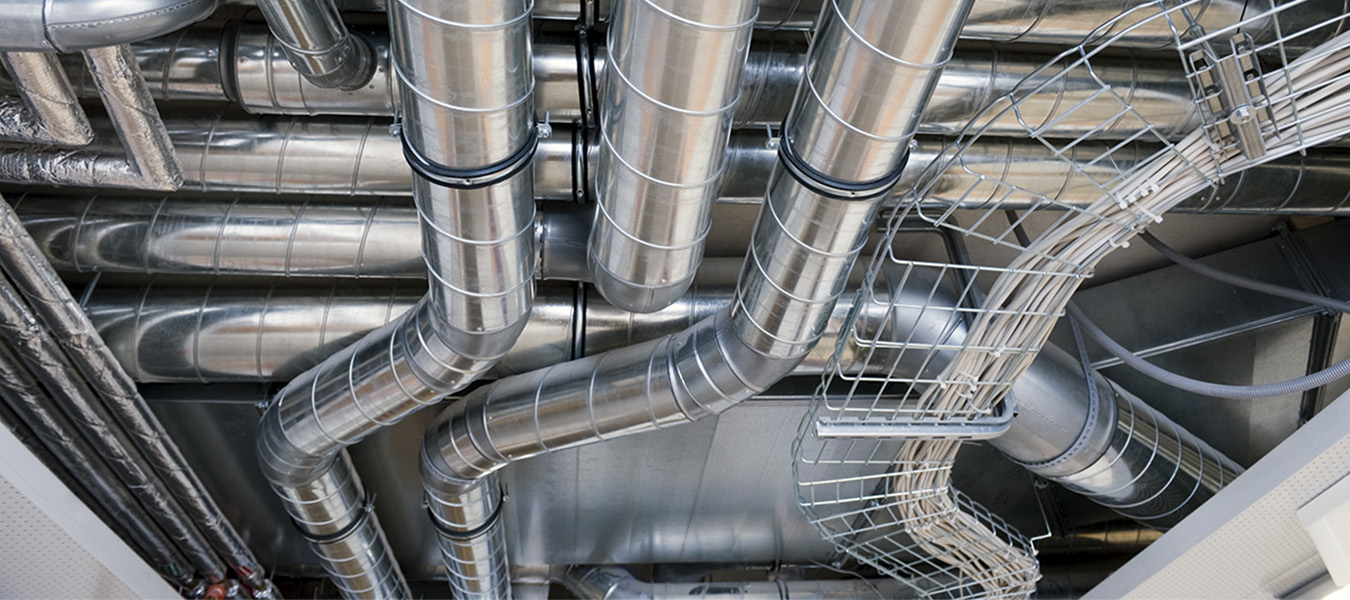WME Director of MEP, Nicholas Byczynski, talks with MEP Middle East about the place for chillers in the market.
As HVAC systems account for a significant portion of a building’s energy use, chillers can be critical components in improving a building’s overall efficiency. Chillers also have a low total cost of ownership that offer cost savings to the owners of high-performance buildings over the lifetime of the systems. According to HVACR Online, well-designed chillers work with HVAC systems to deliver the right temperatures, humidity levels, and ventilation for the space, while also prioritising low operating cost and energy efficiency as well as ensuring low sound levels and minimal environmental impact.

Talking about the evolution of chillers, Nicholas Byczynski, MEP director at WME Consultants, says that the evolution is more in terms of refrigerants. Chillers have now moved away from R-123 and R134a and more towards HFO-1234ze which will have an impact on the physical design of chillers, he says. Byczynski adds: “However, what I think is more interesting as a consultant is to look at the design decisions that can be made of the chiller system as a whole to improve the operational efficiency.”
“VFDs (variable frequency drives) on compressors are now commonplace, as are chiller plant managers or chiller group controllers, that can include sophisticated algorithms to operate the full system at peak efficiency at any given load and external ambient condition.”
WME recently worked on two LEED platinum projects using onsite chillers (one water-cooled and the other air-cooled). He says: “We were able to specify high-efficiency turbocor magnetic bearing compressors in one case and variable volume ratio compressors in the other to achieve extremely high peak and part load efficiencies. As these technologies become more commonplace, hopefully, the cost will reduce so that high efficiency designs can become the norm.”
On maintenance
Byczynski says that chiller controls are becoming increasingly sophisticated, with all aspects variably based on project specific control algorithms. He says that it is key for operators to understand the functions.
He says: “The data from the chillers should be logged and monitored, and ideally, the system should be recommissioned after 6 months and 12 months considering the logged data to ensure it is functioning as designed. From a maintenance perspective, as with any complex machine, regular maintenance should be carried out by a trained specialist to ensure that it is preventative rather than reactive.”
Then there are water-cooled and air-cooled chillers. Water-cooled chillers are more efficient because they condense depending on the ambient temperature bulb temperature, which is lower than the ambient dry bulb temperature. The lower a chiller condenses, the more efficient it is.
Where aesthetics and environmental conditions or water access restrictions exist, air-cooled chiller may be applied. Both air-cooled and water-cooled chillers depend on an air stream as a means of heat transfer.
The difference is that the water-cooled chillers use a humid air stream (ambient air stream + water spray) while the air-cooled chillers use a current of ambient air.
Briefly talking about water-cooled and air-cooled chillers in the region, Byczynski says: “Water-cooled chillers generally provide significant energy savings when compared to air-cooled systems; however, the embodied energy required to create the water for make up in the UAE cannot be ignored and so we are required to either provide TSE water or, if unavailable, provide on-site grey water recovery systems which adds cost and complexity. There are newer air-cooled chillers which are achieving very high peak and part load efficiencies but unfortunately the magnetic bearing chillers are not available in this region as air-cooled units due to the high-ambient conditions in summer.”
Byczynski says that as district cooling becomes more prevalent, the need for on-site chillers will decrease and hopefully large district cooling providers (DCP) will be able to achieve net energy savings by providing large scale production and distribution. He adds: “Where DCP is not available the trend is toward modern lower ODP and GWP refrigerants and higher efficiency compressor technologies. This is supported by the regulatory body such as Estidama, which will continue to drive up the minimum acceptable performance levels. I believe the best opportunities for designers is to embrace the controls technology now available from all the major manufacturers as these can offer significant running cost reductions and the physical technology required is typically provided in projects so the cost to the clients is negligible.
“It is very rare to see a chiller plant without VFDs on the chilled water pumps, compressors and cooling towers; however, the advantage of these is not currently being maximised.”
But all said and done what does the future look like for chillers? As with all HVACR equipment, it’s ‘horses for courses’ approach and the chiller is not the be all and end all of solutions. However, it does make an ideal solution in many applications.
Source: https://www.mepmiddleeast.com/people/72197-what-is-the-place-for-hvac-chillers-in-the-market




